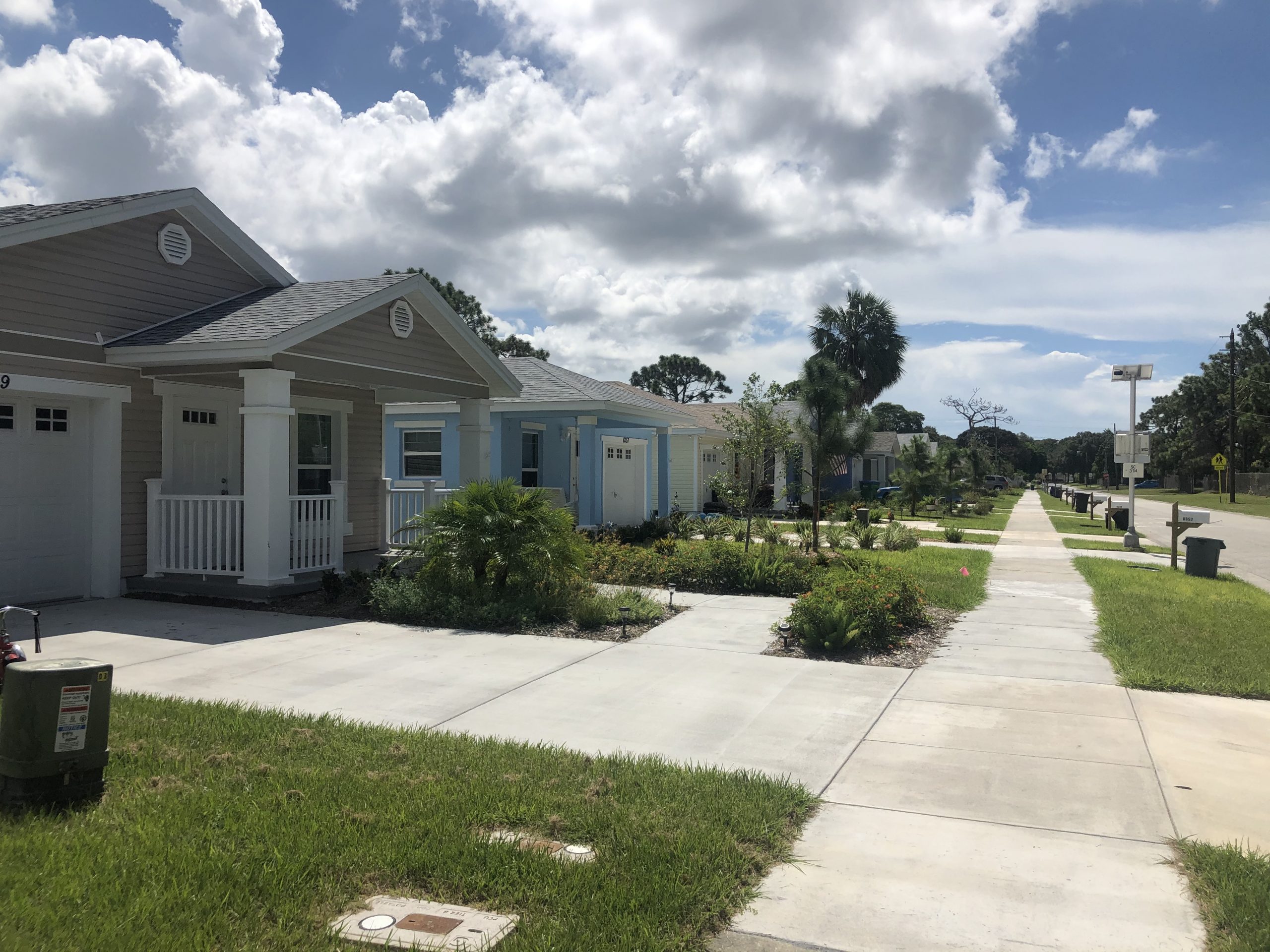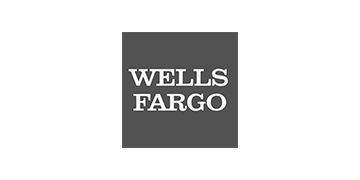It is generally accepted and widely applied that paying no more than 30% of one’s gross monthly income for housing is considered being an affordable housing situation. According to a report by the Joint Center for Housing Studies at Harvard University, this standard can be traced to its origins back to the 1800s from an adage that stated one should devote “a week’s wage to a month’s rent”. While we know times have most certainly changed, this principle still holds to this day. On the contrary, paying anything above 30% of your gross income for housing expenses is considered ‘rent or cost burdened’.
How to calculate housing expense
If you’re renting: housing expenses are calculated by adding your monthly rent payment plus your monthly utility cost, which equals your total housing expense.
Monthly rent payments + utility costs = ‘total housing expense’
If you’re a homeowner: homeownership costs are calculated by adding your mortgage payment (including taxes and insurance) plus your utility costs to equal your total housing expense.
Mortgage payment + taxes + insurance + utilities = ‘total housing expense’
How to calculate if you’re cost burden
To see if you may be rent/cost-burdened, divide your gross monthly income into your total monthly housing expenses
Total Monthly Housing Expenses ÷ Gross Monthly Income = Percentage of Gross Monthly Income Paid Towards Housing
Example: $1,000 rent & utilities / $2,000 monthly income = 50% gross income towards housing expense
Paying between 30% -50% of gross income in housing expenses is considered moderately cost burdened while paying 50% or more of gross income for housing expenses is considered severely cost burden. Being housing cost-burdened places an individual or family at increased financial risk. Often one emergency (job loss, illness or pandemic!) can place an individual or family in dire circumstances.
Hidden costs and considerations
Locally, there is an added ‘hidden cost’ of transportation due to a lack of reliable public transportation options and lack of affordable housing close to employers. A 2019 AAA report estimated the annual average vehicle ownership costs as $9,282.00 per year or $773.50 a month. The need for a reliable vehicle worsens financial stressors caused by unaffordable housing costs and impairs the ability to save. Some individuals/families will pay upwards of 70% of their total income for housing and transportation-related expenses alone.
Everyone’s circumstances are unique and take special consideration. Yet, spending no more than 30% of one’s income on housing expenses can be an important benchmark that allows for increased financial freedom and flexibility while also demonstrating affordability.
Scope of cost burden problem
In Pinellas County, 171,245 households (more than 50% renters and over 33% homeowners) are considered “cost-burdened,” meaning they pay more than 30% of their income towards housing. – Foundation for Healthy St. Petersburg (2018). Home: A Pathway to Equity through Housing report
14,303 or 29% of all renters in Pasco County are cost burden and additionally, 62% of all renters between 30%-60% AMI are rent burden. Shimberg Center for Housing Studies (2019) Florida’s Rental Housing Needs: 2019 Update
795,603 low-income households in the State of Florida pay more than 40% of income for rent – Shimberg Center for Housing Studies (2019) Florida’s Rental Housing Needs: 2019 Update
Is the Habitat Homeownership Program right for you? Take the eligibility quiz here.











































